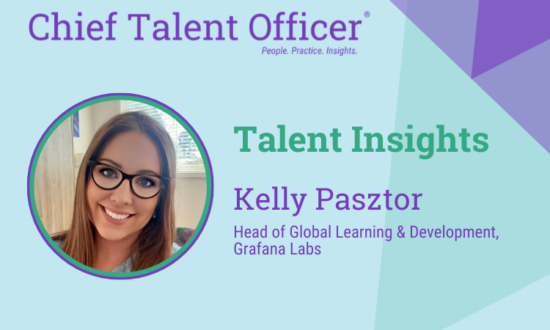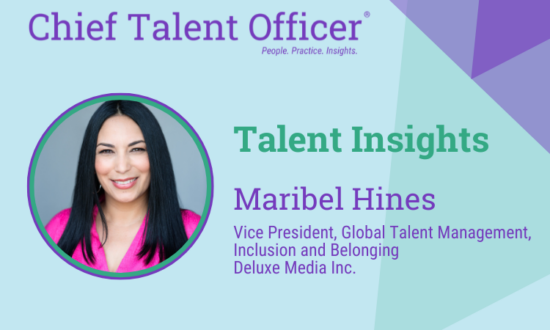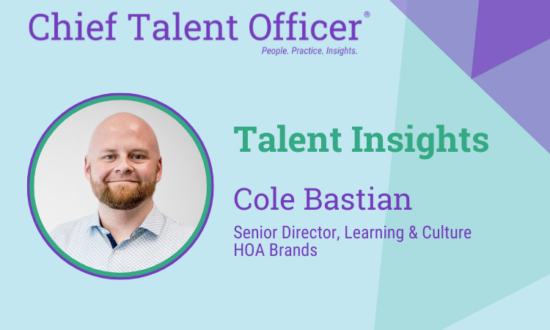By Anka Wittenberg
 Mentors are an important aspect for companies to create and encourage a positive and rewarding work culture. They’re also a key formal or informal tool in the learning leaders’ developmental arsenal. But oftentimes, finding a mentor at work can be an overwhelming and challenging task.
Mentors are an important aspect for companies to create and encourage a positive and rewarding work culture. They’re also a key formal or informal tool in the learning leaders’ developmental arsenal. But oftentimes, finding a mentor at work can be an overwhelming and challenging task.
Mentorship is a two-way street. We are all both student and teacher, regardless of how experienced we are. So, when it comes to mentorship, we should not only seek out individuals to inspire and guide us, we should feel empowered to be the role model for others. Actively trying to be a role model can help you find what you’re looking for in a mentor.
But how do you start? The tipping point to become an agent of change begins with seeing an issue or condition that you know needs improvement — and feeling empowered and motivated to take action.
Take, for example, the case of greater diversity in the workplace. The evidence and conditions for action are abundantly clear. According to the July-August issue of Harvard Business Review, among all U.S. companies with 100 or more employees, the proportion of black men in management is 3.3 percent. Further, according to Leaders 2020, a recent global study by Oxford Economics and SAP [Editor’s note: The author works for SAP], diversity has increased substantially among the general workforce over the past three years, but change has been slower to come to midlevel management, and even less evident among senior executives and corporate boards.
So, the evidence supporting the need for change is there, but how do you become the mentor or role model for positive change? Here are four things to consider:
Be willing to work as a team. Strive to be a mentor, but don’t forget, to make real change, we need to help each other, back each other, and use — and expand — our network. For example, establish and/or join employee network groups at your company. This does not have to involve hours of time or add stress to your day. For example, consider scheduling an information-sharing meeting at lunch or, if you work for a global company, perhaps host a conference call open to interested parties. For example, at SAP we host a monthly “Women’s Professional Growth” webcast series which, to date, has reached more than 10,000 people in 40-plus countries. This has helped our employees, no matter their location, benefit from leading experts, share and listen to inspirational stories, and feel more connected to colleagues around the globe who are often facing similar challenges and obstacles.
Accept unconscious bias; then use it to understand differences. We all have unconscious biases based on who we are, our experiences and how we see the world. It’s a natural part of human psychology. Building an equality-based workforce starts by understanding the concept of unconscious bias. My advice for companies is to strive to create a judgement-free environment where all employees can be transparent and acknowledge their biases, which in the end will help everyone. Understanding that a difference exists is the first step to achieving real change.
Focus on inclusion, not diversity. By encouraging people to be who they truly are, and by welcoming differences, mentors create a more supportive, productive work environment. Many companies think about diversity in terms of the end results — or even in terms of quotas and percentages. While it can be beneficial to set goals, perhaps a better way to describe a truly bias-free, equality-based effort is to focus on inclusion. Diversity is not possible without inclusion; it’s a necessary action to achieve an end result. Creating an inclusive culture is critical to making your company successful and a great a place to work.
Tag a friend, and pay it forward. Once you’ve taken steps to develop yourself as a mentor, don’t forget to tag someone else in. Through peer coaching, you can partner with others to develop their mentorship skills. Choose someone who works closely enough to see you in action. Each week, give each other positive feedback on the strengths you have each displayed. From there, you will create a chain reaction from the ground up of employees striving to become mentors, and enabling a positive workforce.
Being the first to stand up and be a mentor can be challenging, but it’s a great opportunity to pave the way for others. Waiting for someone else to act is not the path forward. We all need to take the lead and set the example for the generations to come.
Anka Wittenberg is the chief diversity and inclusion officer for SAP. Comment below or email editor@CLOmedia.com.















